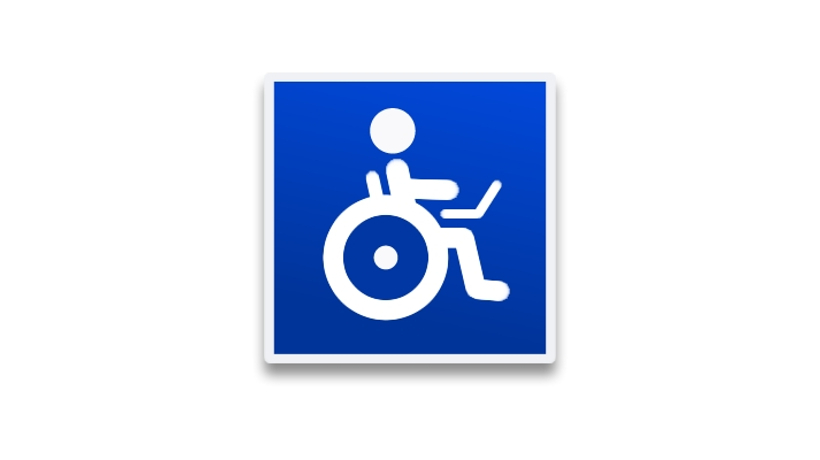How-To: Making SlideShare Presentations Accessible And Immersive
SlideShare is a very popular service and definitely one large actor for sharing knowledge on the web, making millions of PowerPoint presentations available online.
Current statistics about visual impairment published by AFB reports that an estimated 21.2 million adult Americans (or more than 10% of all adult Americans) reported they either "have trouble" seeing, even when wearing glasses or contact lenses, or that they are blind or unable to see at all. Similar statistics apply worldwide. The increasing ageing population will most likely cause a constant increase of the population percentage with trouble seeing.
Dyslexia is often accounted to affect 10% to 15% of the population. The statistic for dyslexia may vary based on the source, due to the fact that dyslexia may be defined in different ways. What is sure, however, is that it affects a quite large part of the population.
Another category that is of interest here is people with other cognitive and learning impairments. There are many conditions that affects the capability to concentrate and learn, including some forms of autism and attention deficit disorders. Statistics are difficult to provide since there are many conditions and some of them are quite recent and not uniformly defined. While people in this group may be able to read, they might greatly benefit from voice support to help keeping concentration and reinforce the message.
The last group that we mentioned, analphabetism, may be defined as people that are not able to read at all, or as a contextual condition, for people that may be able to understand a foreign language when spoken, but have not learned the foreign alphabet.
The possibility for users with these conditions to study, update and increase their knowledge is crucial, as for anybody else, in both the professional and private life. When a website, an intranet, a school network, or an e-learning CMS links or embed a silent SlideShare presentation, about 25% of the audience may be at big risk of being excluded.
One alternative to this scenario is to link or embed a talking presentation instead of a silent one.
We will soon see how this can be easily and quickly achieved by using the www.slidetalk.net service.
But before getting to that I would also like to point out 2 additional benefits of talking presentations compared to silent ones. The first is adding an alternative consumption possibility, we can think of many situations in which users may prefer listening, without the need of watching: “learning with your eyes shut” as we may call it. The second one being a reinforcement of the message, by adding the audio layer to the visual one, creating thus a more immersive and engaging learning context for the user.
To learn how to convert a SlideShare presentation, or any PowerPoint presentation, into a talking presentation, watch the following tutorial video (which is itself a talking presentation, quite naturally):
To start creating your own talking presentations, please visit www.slidetalk.net


